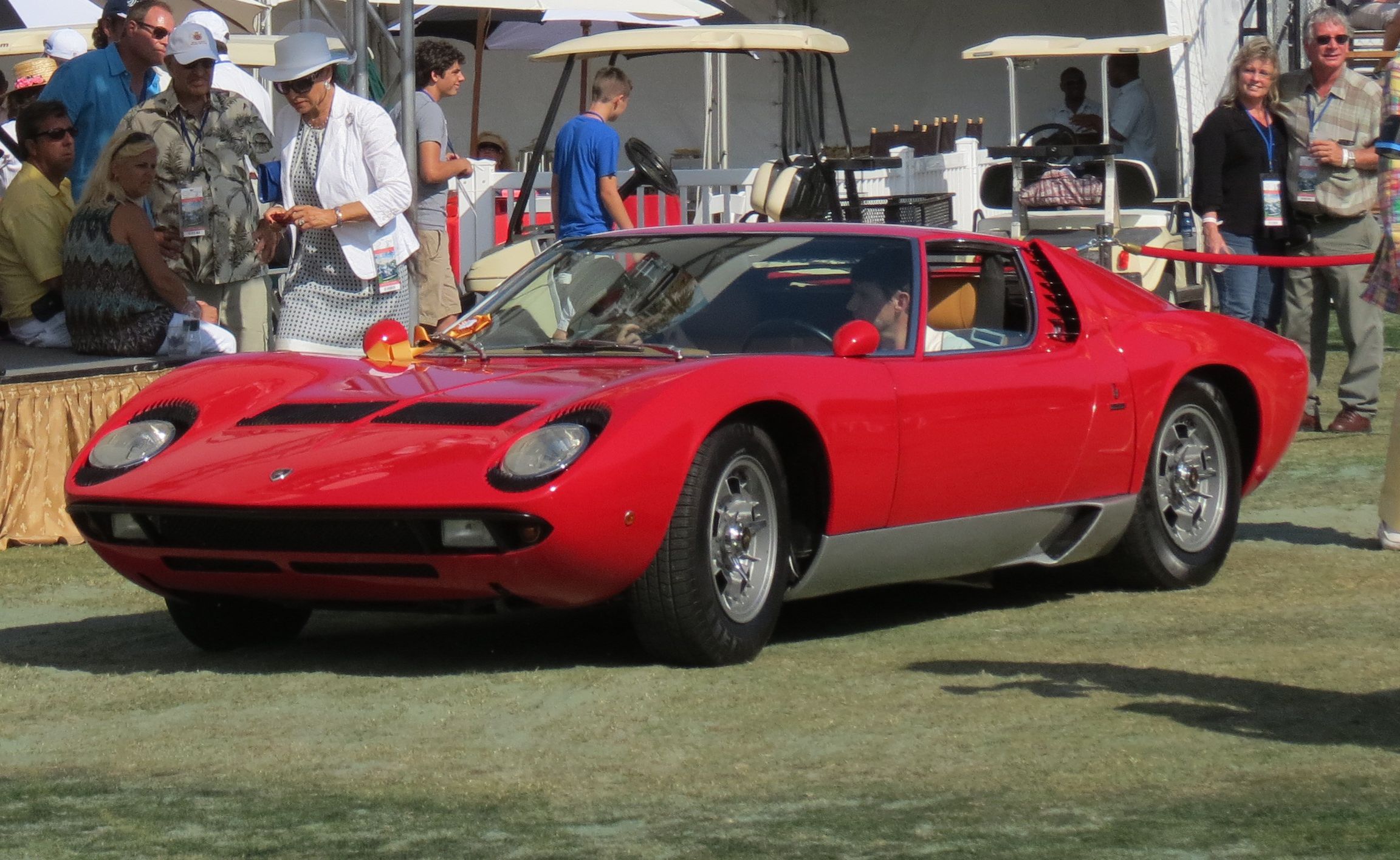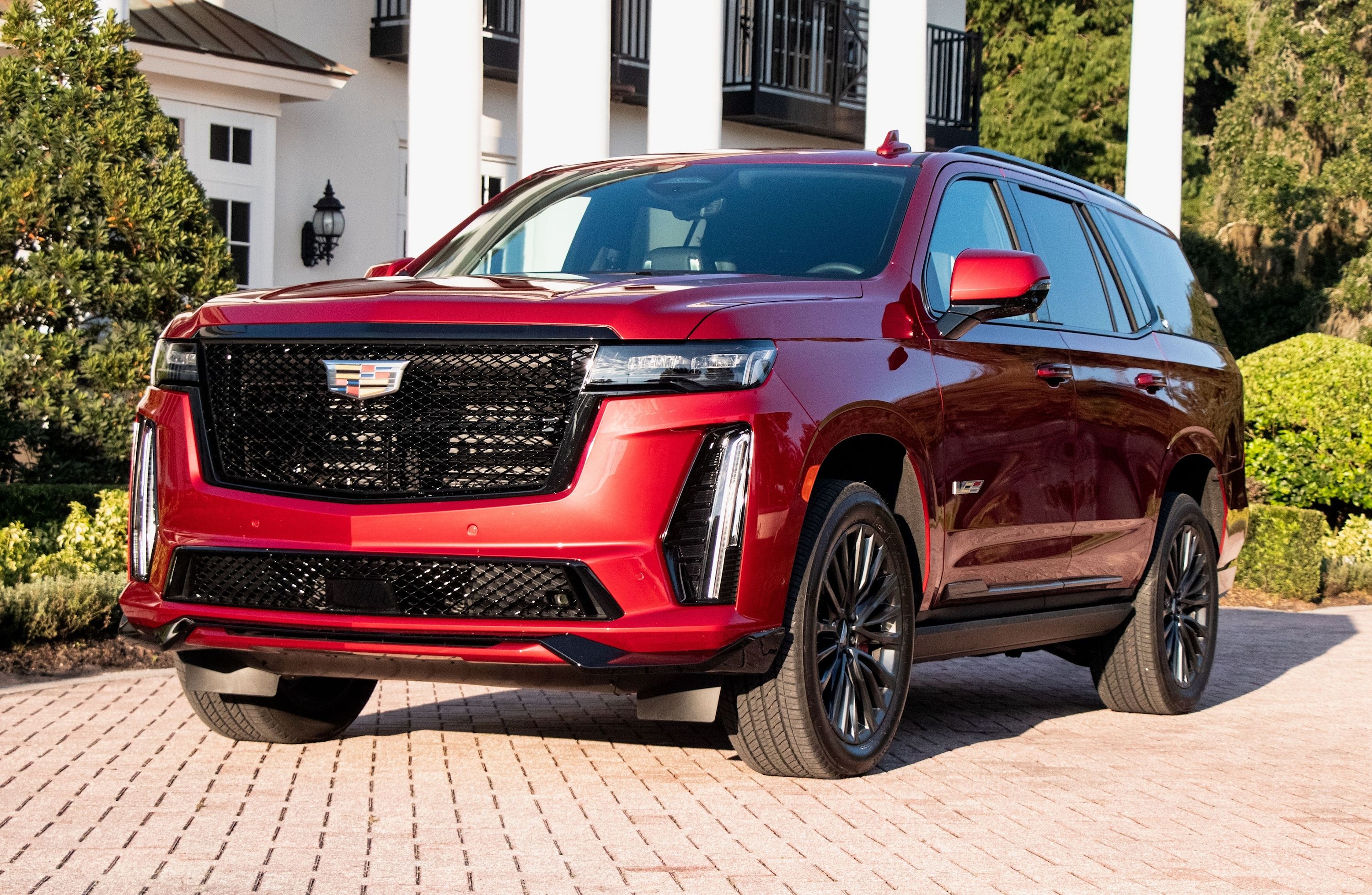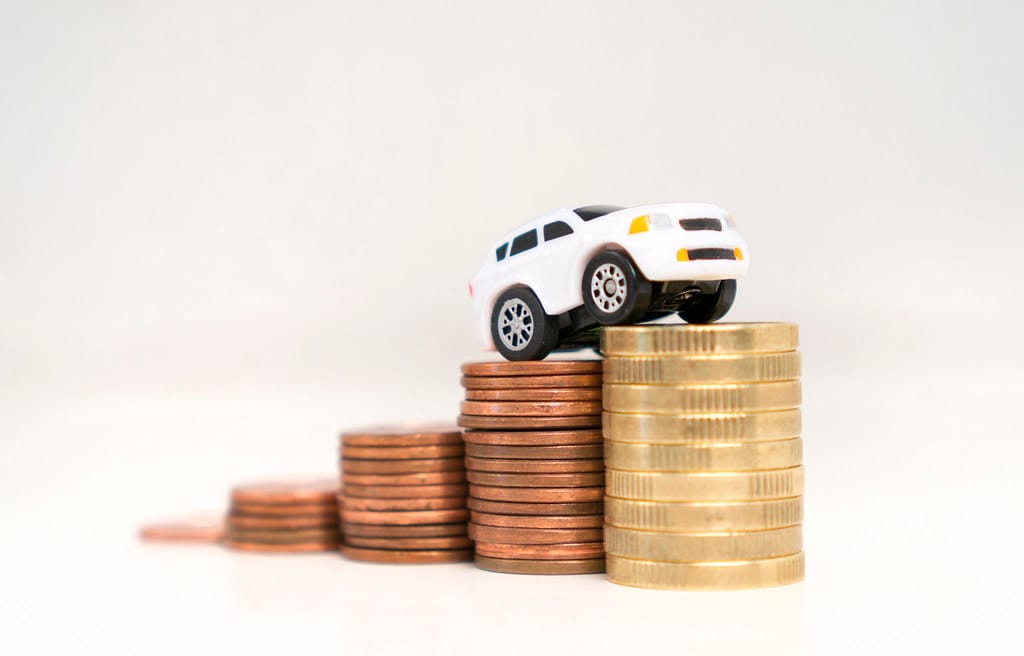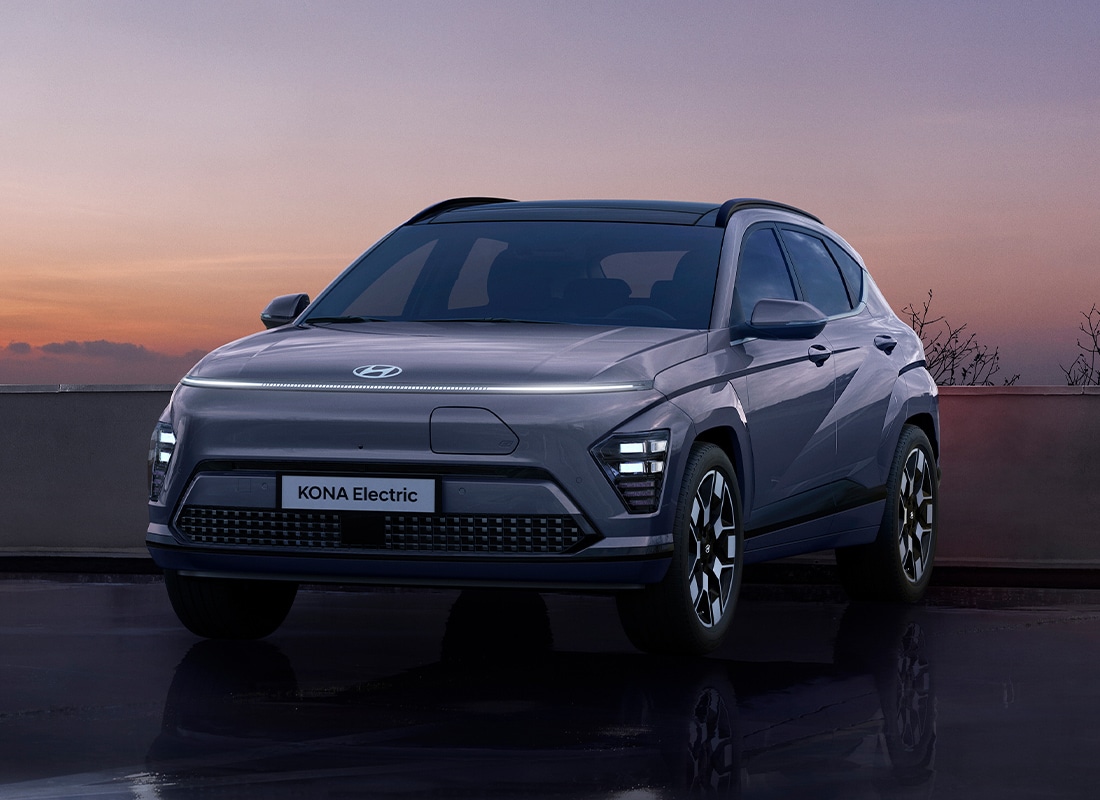
In the highly competitive automotive landscape, few transformations have been as dramatic and impressive as the surge in reliability ratings for Hyundai and Kia over the past decade. Once perceived primarily as budget-friendly alternatives, these South Korean automakers have meticulously rebuilt their reputation, ascending to positions among the most trusted brands by consumers and industry experts alike. Their journey from overcoming initial quality skepticism to becoming benchmarks of dependability is a compelling case study in strategic vision and unwavering commitment to excellence.
This remarkable turnaround didn’t happen by chance, nor was it a sudden, overnight phenomenon. It was the result of a deliberate, multi-faceted strategy encompassing significant financial investment, a relentless pursuit of engineering prowess, and a profound understanding of consumer needs. By focusing on everything from the foundational structure of the company to the intricate details of vehicle manufacturing and customer aftercare, Hyundai and Kia collectively charted a course that redefined their market standing and delivered tangible, long-term benefits to their owners.
This article will delve into twelve pivotal factors that underpin this phenomenal rise in reliability. We will uncover the strategic decisions and innovative approaches that allowed Hyundai and Kia not only to compete but to excel, ultimately securing their place as leaders in vehicle dependability and customer satisfaction. The narrative is one of ambition, resilience, and a steadfast dedication to quality that has reshaped the global automotive narrative.
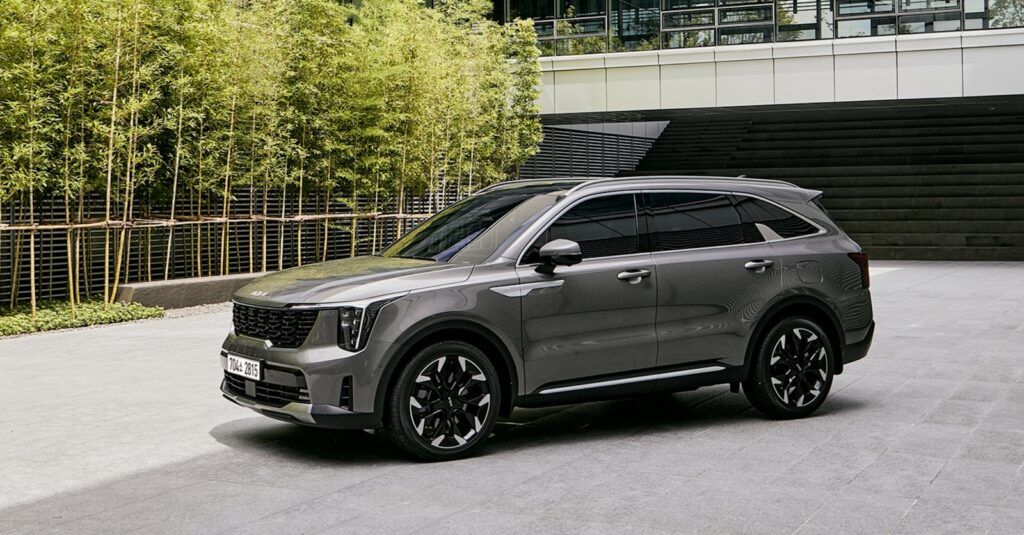
1. **Strategic Acquisition of Kia and Unified Quality Vision**At the heart of Hyundai’s and Kia’s collective reliability ascent lies a pivotal moment in the late 1990s: Hyundai Motor Company’s acquisition of a majority stake in its rival, Kia Motors. This move, spurred by the Asian financial crisis and Kia’s own overambitious expansion, was a game-changer. Founded in 1967, Hyundai had already established itself as a significant player, but the integration of Kia in 1998 formed the formidable entity now known as the Hyundai Motor Group.
This consolidation allowed for unprecedented synergies. Instead of fragmented efforts, the group could pool resources, share research and development findings, and implement unified quality control standards across both brands. This strategic centralization under Chung Mong-koo’s leadership, who took the helm in 1999, was instrumental in fostering a collective ambition to elevate product quality to a “world-class brand” standard.
The unified vision meant that lessons learned from one brand could be rapidly applied to the other, creating a feedback loop that accelerated improvements. It wasn’t just about economic efficiency; it was about leveraging a larger, more diverse engineering and design talent pool to tackle reliability challenges head-on. This collaborative environment became a fertile ground for innovation and consistent quality application across a broad vehicle lineup.
Ultimately, the acquisition of Kia transformed two individual automakers into a powerhouse group capable of sustained, high-level investment in every aspect of vehicle development, from initial concept to long-term performance. This foundational restructuring provided the necessary impetus for the comprehensive quality overhaul that was to follow, benefiting consumers with more reliable and refined vehicles from both the Hyundai and Kia marques.
Read more about: The Great Tech Purge: 14 Iconic Smartphone Features That Secretly Vanished from Our Pockets
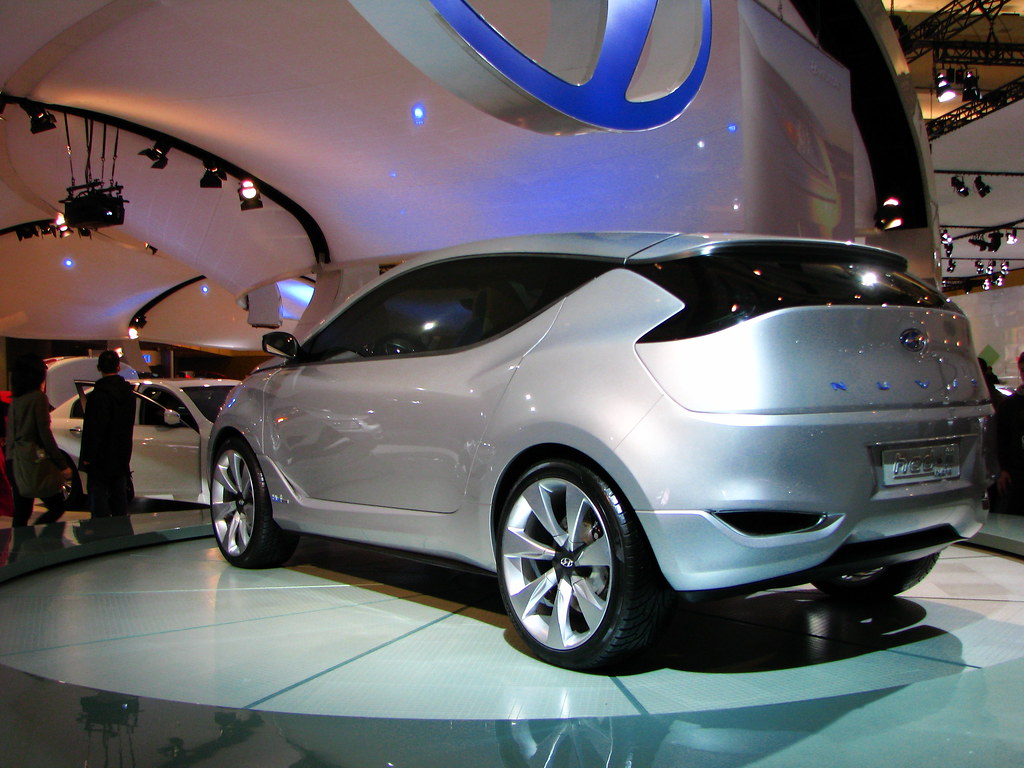
2. **The Bold 10-Year/100,000-Mile Warranty (Hyundai Advantage)**Hyundai’s early foray into the U.S. market in 1986, particularly with the Excel, was initially met with enthusiasm due to its affordability. However, this early success was quickly overshadowed by mounting reliability issues stemming from cost-cutting measures. The company’s reputation suffered significantly, leading to a period where Hyundai became the unfortunate subject of jokes, encapsulating a widespread perception of poor quality.
In a daring and unprecedented move to combat this tarnished image and re-earn consumer trust, Hyundai introduced the “Hyundai Advantage” program in the United States. Starting with its 1992 model year vehicles, the company offered free maintenance for the first two years or 24,000 miles. Crucially, this was soon bolstered by an industry-leading 10-year or 100,000-mile powertrain warranty, a bold statement of confidence in their product.
This extended warranty was more than just a marketing gimmick; it was a powerful internal driver for quality improvement. By standing behind their vehicles with such a comprehensive and long-term guarantee, Hyundai effectively put its money where its mouth was. Every component and system had to be built to a higher standard, knowing that the company would bear the cost of failures within that extensive coverage period. This forced a rigorous focus on engineering durability and manufacturing precision.
The “Hyundai Advantage” dramatically shifted consumer perception. It signaled a serious commitment to addressing past shortcomings and conveyed a powerful message of reliability and trustworthiness. For consumers, it provided unparalleled peace of mind, making the decision to purchase a Hyundai or Kia vehicle a less risky proposition and directly contributing to their soaring reliability ratings and renewed market acceptance.
Car Model Information: 2023 Hyundai SANTA CRUZ SEL
Name: Hyundai Excel
Caption: First generation
Manufacturer: Hyundai Motor Company
Aka: Hyundai Pony
Production: 1985–1999
Class: Subcompact car
Layout: Front-engine, front-wheel-drive layout
Related: Hyundai Scoupe,Mitsubishi Mirage#C10
Predecessor: Hyundai Pony
Successor: Hyundai Accent
Categories: 1980s cars, 1990s cars, 2000s cars, All articles needing additional references, All articles with unsourced statements
Summary: The Hyundai Excel (Korean: 현대 엑셀), also known as the Hyundai Pony, Hyundai Pony Excel, Hyundai Presto, Mitsubishi Precis, Hyundai X2 and Hyundai XL, is an automobile which was produced by Hyundai Motor Company from 1985 to 1999. It was the first front-wheel drive car produced by the South Korean manufacturer. The Excel range replaced the rear-wheel-drive Hyundai Pony.
Get more information about: Hyundai Excel
Buying a high-performing used car >>>
Brand: Hyundai Model: Excel
Price: $26,000 Mileage: 32,233 mi.
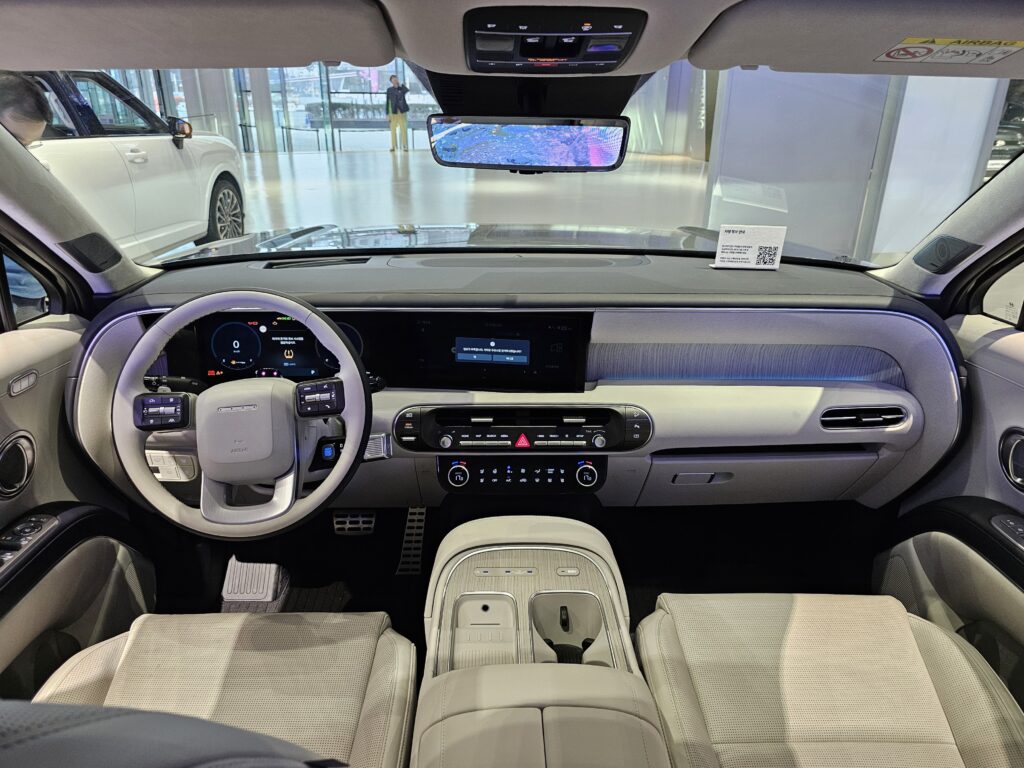
3. **Dedicated Investment in Quality, Design, and Manufacturing**The strategic leadership of Chung Mong-koo, who took charge of Hyundai Motor in 1999, ushered in an era of intensive investment across critical areas of the business. Recognizing the need for a fundamental shift to establish Hyundai as a “world-class brand,” the parent company, Hyundai Motor Group, began pouring significant resources into quality, design, manufacturing, and long-term research of its vehicles. This wasn’t a superficial facelift but a deep, structural commitment.
This investment manifested in tangible ways, such as the establishment and modernization of state-of-the-art manufacturing facilities globally. A prime example is the second largest automobile manufacturing facility in the world, located in Ulsan, South Korea, boasting an annual production capacity of 1.6 million units. In North America, the $1.7 billion Hyundai Motor Manufacturing Alabama plant, completed in 2004 and operational from 2005, underscored this commitment to high-tech, quality-focused production.
The emphasis extended beyond sheer scale to the meticulous control of the manufacturing process itself. By investing in advanced robotics, precision engineering, and rigorous quality checks at every stage, Hyundai aimed to minimize defects and ensure consistent build quality. This dedication meant that vehicles leaving their factories, regardless of their global location, adhered to the same elevated standards.
Moreover, the investment wasn’t confined to the factory floor. It encompassed research into new materials, advanced production techniques, and robust testing protocols designed to identify and rectify potential issues long before vehicles reached consumers. This holistic approach to investing in the entire product lifecycle—from conception through manufacturing—was a cornerstone in elevating the inherent reliability of Hyundai and Kia vehicles.
Read more about: Your Ultimate Guide to Navigating the Used Car Market: Avoid Rip-Offs and Drive Away with Confidence
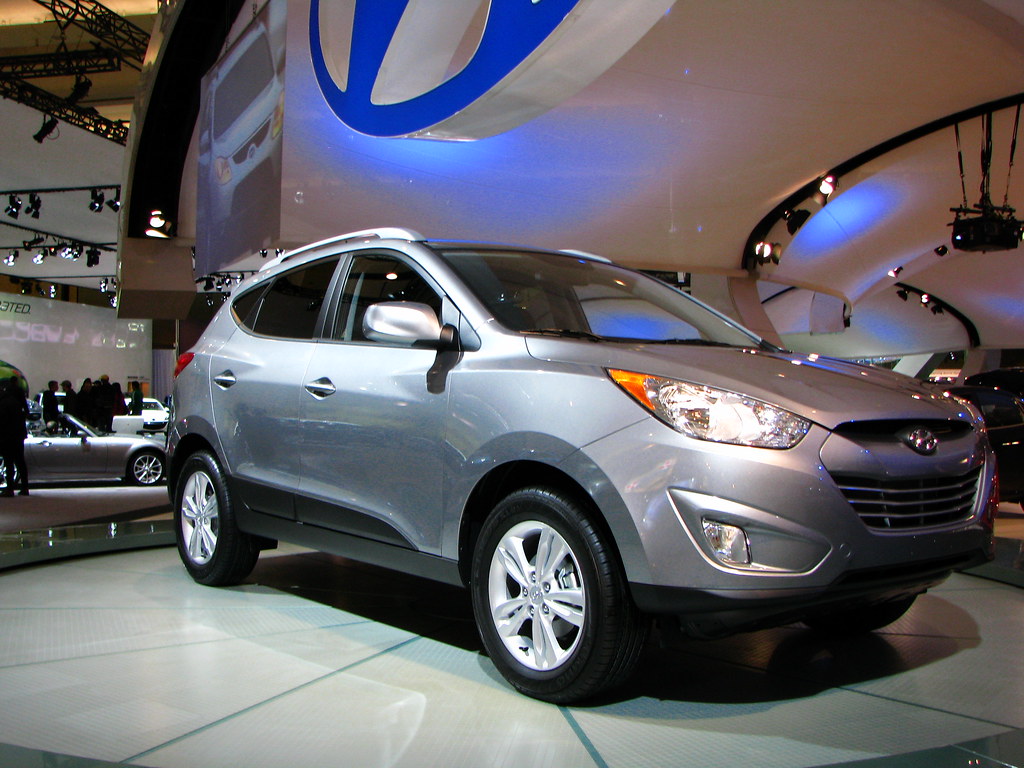
4. **Achieving Top Tiers in Initial Quality Surveys (J.D. Power)**Perhaps one of the most compelling and objective indicators of Hyundai’s and Kia’s reliability transformation came from independent third-party evaluations, particularly J.D. Power and Associates’ Initial Quality Study (IQS). These surveys, highly regarded within the automotive industry, measure the number of problems experienced per 100 vehicles during the first 90 days of ownership, providing a clear benchmark for newly purchased vehicle quality.
The results were a resounding validation of the automakers’ strenuous efforts. In 2004, a mere six years after acquiring Kia and initiating a comprehensive quality overhaul, Hyundai dramatically ascended the rankings. It tied with Honda for second place in initial quality in North America, recording 102 problems per 1000 vehicles, a remarkable achievement that placed it only behind industry stalwart Toyota.
This wasn’t a one-off success. Hyundai continued its upward trajectory, securing third place overall in J.D. Power’s 2006 Initial Quality Survey, this time trailing only luxury brands Porsche and Lexus. Such consistent high performance in these influential studies unequivocally demonstrated that the company’s internal quality improvements were translating directly into real-world consumer experiences.
These objective validations were crucial in reshaping public perception. For years, the narrative around Hyundai and Kia had been clouded by past quality issues. The J.D. Power rankings provided concrete, data-driven evidence that these brands were no longer just affordable options but genuinely reliable vehicles, empowering consumers to make informed decisions and cementing the automakers’ reputation for dependable products.
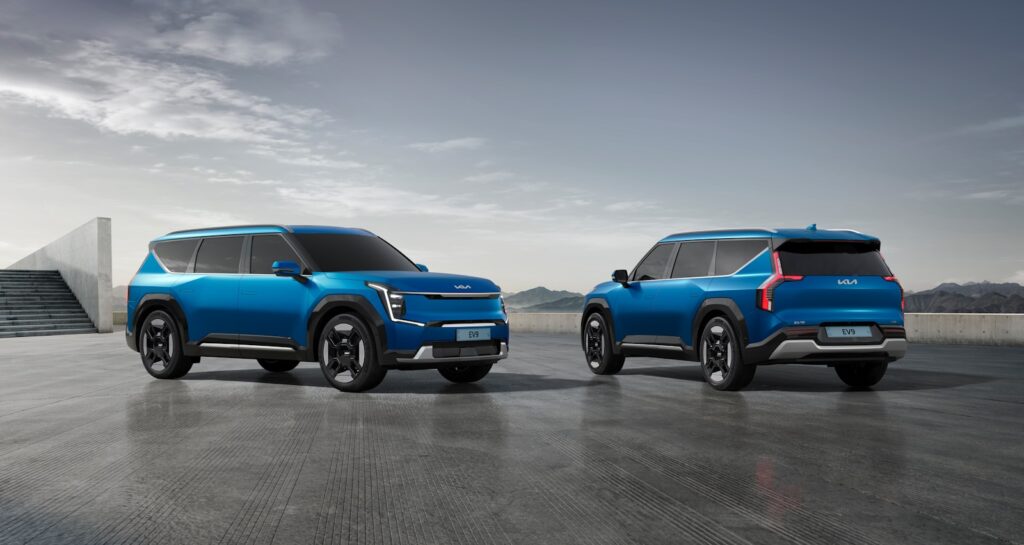
5. **Developing Proprietary Engine and Transmission Technology**In its early years, Hyundai, like many emerging automakers, relied on established partners for critical powertrain components. The company’s first model, the Cortina, was released in cooperation with Ford Motor Company in 1968. Later, the groundbreaking Pony, the first South Korean car from 1975, utilized powertrain technology provided by Japan’s Mitsubishi Motors. While this accelerated initial market entry, it also meant a degree of dependence and less control over the core mechanics of their vehicles.
Recognizing that true technological independence was paramount for long-term quality and reliability, Hyundai embarked on an ambitious journey to develop its own proprietary powertrain components. This commitment bore significant fruit in 1991 when the company successfully developed its first proprietary gasoline engine, the four-cylinder Alpha. Simultaneously, it also unveiled its own transmission, marking a crucial milestone in its engineering evolution.
This achievement was transformative. By designing and manufacturing their own engines and transmissions, Hyundai gained unprecedented control over the integration, performance, and durability of these vital systems. It allowed for meticulous fine-tuning, better quality assurance throughout the production process, and the ability to innovate without external constraints. This in-house development meant that reliability could be engineered from the ground up, tailored precisely to their vehicle platforms.
Moreover, this technological independence fostered a deeper institutional knowledge base and expertise within the company. It empowered engineers to identify and address potential weaknesses more effectively, leading to more robust and reliable powertrains across their entire lineup. The ability to control such fundamental aspects of vehicle operation was a decisive factor in the consistent improvement of Hyundai and Kia’s reliability ratings.
Read more about: Ranking 10 EV Battery Packs: Which Brands Retain Nearly 80% Capacity After 10 Years?
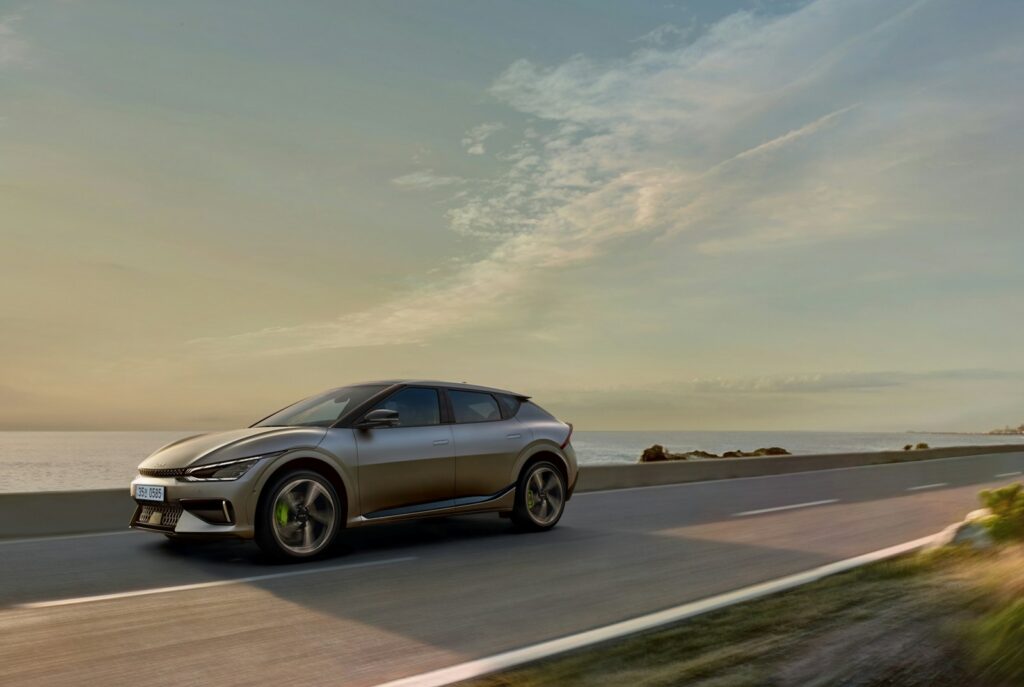
6. **Revolutionary Design Philosophies (Fluidic Sculpture & Sensuous Sportiness)**Beyond the mechanical and manufacturing aspects, Hyundai understood that design plays a significant role in perceived quality and the overall driving experience, indirectly impacting how reliability is viewed. In 2006, the company made a strategic move by hiring acclaimed designer Thomas Bürkle, formerly of BMW, to head its design center in Rüsselsheim, Germany. This signaled a clear intention to elevate the aesthetic appeal and design integrity of its vehicles.
Bürkle’s influence, alongside other talented designers, led to the development of Hyundai’s “Fluidic Sculpture” design philosophy. This approach, heavily inspired by nature, aimed to create a more dynamic, sophisticated, and visually cohesive product line. It moved away from utilitarian aesthetics towards vehicles that possessed a stronger, more recognizable brand identity and a greater sense of craftsmanship. Good design is often indicative of thoughtful engineering.
This philosophy further evolved, culminating in the announcement of the “Sensuous Sportiness” next-generation design direction in 2018. Unveiled with the Le Fil Rouge concept car at the Geneva Motor Show, this new identity has since been integrated into recent models, from sedans to SUVs. The success of this approach was recognized when the “Sensuous Sportiness” design identity and strategy won the Design Management Institute’s (DMI) Design Value Award in 2020.
While design might seem primarily aesthetic, its impact on reliability is profound. A cohesive and well-executed design philosophy often reflects a holistic approach to vehicle development, where form and function are harmoniously integrated. It indicates a brand that cares about precision, attention to detail, and a sophisticated engineering process—qualities that intrinsically contribute to both perceived and actual long-term reliability. Vehicles that look well-made often are, fostering greater trust and confidence among consumers.” , “_words_section1”: “1947
The incredible journey of Hyundai and Kia from budget-friendly options to top-tier contenders in reliability is a testament to their continuous evolution and unwavering focus on improvement. Building upon the foundational shifts and strategic investments discussed in the first section, their ongoing commitment to excellence is further evidenced by a relentless pursuit of innovation, a deeply ingrained understanding of customer needs, and a proactive approach to future technologies.
The transformation wasn’t a static achievement but a dynamic process, driven by a culture that prioritizes learning, adapting, and pushing boundaries. By extending their vision beyond manufacturing to encompass a global network of research and development, intricate customer care programs, and a forward-looking embrace of electric and hybrid powertrains, Hyundai and Kia have solidified their standing. This continued dedication ensures that their vehicles not only meet but often exceed consumer expectations, establishing a benchmark for dependable and advanced automotive solutions.

7. **Global Research and Development: The Engine of Innovation**A critical component of Hyundai and Kia’s reliability surge has been their extensive and strategically located global research and development (R&D) network. This commitment to innovation is evident in the establishment of six R&D centers located across South Korea, Germany, Japan, and India, with an additional design center in California dedicated to the United States market. These centers are not merely satellite offices but integral hubs for technological advancement and regional adaptation.
Within the United States, Hyundai’s dedication to R&D is particularly robust. The Hyundai Design Center, initially established in Fountain Valley, California, in 1990, later moved to a new $30 million facility in Irvine, California, in 2003, becoming the Hyundai Kia Motors Design and Technical Center. This facility, alongside the Hyundai America Technical Center, Inc., a subsidiary responsible for all U.S. engineering activities, underscores the company’s investment in North American-specific development and refinement. The Technical Center further expanded with a new 200,000-square-foot, $117 million headquarters in Superior Township, Michigan, in 2005, reinforcing its engineering capabilities.
Adding another layer to their R&D infrastructure, Hyundai America Technical Center completed the construction of its sprawling 4,300-acre Hyundai/Kia proving ground in California City, California, in 2004. This state-of-the-art facility, built at a cost of $50 million, features a 6.4-mile oval track, a Vehicle Dynamics Area, and various specialized surface roads, enabling rigorous testing and validation of vehicle performance and durability under diverse conditions. Such comprehensive testing is crucial for identifying and resolving potential reliability issues before vehicles reach the market.
This global R&D ecosystem has consistently positioned Hyundai as a leader in industrial design. In the 2021 review of WIPO’s annual World Intellectual Property Indicators, Hyundai ranked 4th globally for its 141 industrial design registrations published in 2020, an improvement from its 7th-place ranking in 2019. This recognition highlights their continuous output of innovative designs and intellectual property, directly contributing to the sophistication and long-term quality of their vehicles.
Read more about: Manhattan Unveiled: A Comprehensive Journey Through the Heart of New York City’s Enduring Legacy

8. **Reinforcing Trust: Expanding Customer-Centric Maintenance Programs**Beyond their industry-leading warranty, Hyundai has continually sought to bolster customer confidence through proactive, customer-centric programs. A prime example is the Hyundai Complimentary Maintenance (HCM) program, introduced for new 2020-2025 Hyundai models purchased or leased on or after February 1, 2020. This program offers complimentary maintenance services for 3 years or 36,000 miles, whichever comes first, a significant enhancement to the ownership experience.
The HCM program provides Hyundai-approved oil and oil filter changes (excluding electric and fuel cell electric vehicles), plus tire rotations at normal factory scheduled maintenance intervals. For 2020-2024 model year vehicles, it also includes Multi-Point Inspections. For 2025 model year vehicles, the program covers a total of four basic maintenance services, which typically encompass oil changes, multi-point inspections, and tire rotations over the specified 3-year/36,000-mile period. This comprehensive offering helps ensure vehicles are properly maintained from the outset, contributing to their long-term reliability.
It is important for consumers to understand the terms of the HCM program to maximize its benefits. Services must be obtained within 1,000 miles or one month of the designated time listed in the Owner’s Manual, though failure to redeem services within this window does not void future services. While the program covers essential scheduled maintenance, it specifically excludes more frequent maintenance due to severe driving conditions, additional services, and normal wear and tear items such as engine and air filters, cabin filters, wiper blades, and brake pads.
This commitment to complimentary maintenance, while not a direct engineering reliability factor, fosters strong consumer trust and promotes diligent vehicle care. By proactively addressing routine service needs, Hyundai reduces potential maintenance-related issues, reinforces the perception of value, and ultimately contributes to higher satisfaction and sustained reliability ratings, showcasing a deep understanding of the customer ownership cycle.
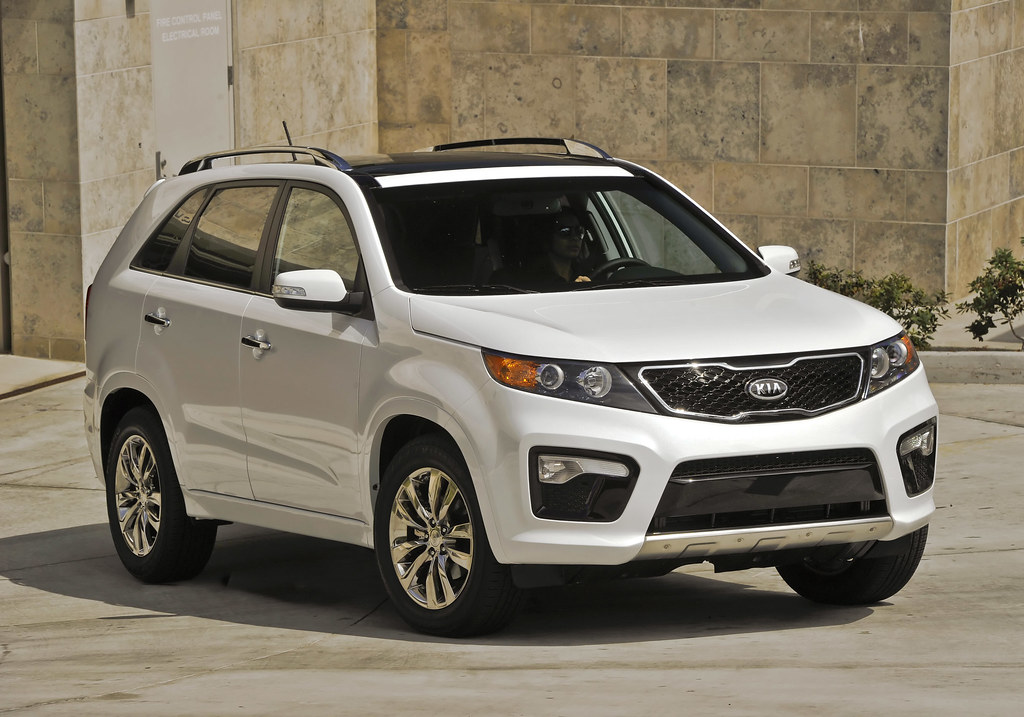
9. **Precision and Scale: Advanced Manufacturing Across Continents**Hyundai and Kia’s ascent in reliability is inextricably linked to their global, advanced manufacturing capabilities, allowing them to produce high-quality vehicles tailored for diverse markets. Beyond the initial investment in facilities like Ulsan and Alabama, the companies have established a vast network of production plants worldwide, ensuring both scale and localized precision in their output. This global footprint includes significant operations in North America (United States, Mexico), South America (Brazil), Asia (India, China, Indonesia, Vietnam, Turkey, Malaysia, Bangladesh), and Europe (Czech Republic, Russia).
Each of these manufacturing hubs plays a crucial role in maintaining quality standards and adapting to regional demands. For instance, Hyundai Motor India Limited (HMIL) operates two plants near Chennai, India, with a combined annual capacity of 600,000 units, making India a global manufacturing base for small cars and Hyundai’s second largest auto exporter from the country. Similarly, Hyundai Motor Manufacturing Indonesia (HMMI) in Cikarang, Bekasi, is set to produce 150,000 vehicles annually, with half intended for export to neighboring Southeast Asian countries, highlighting a strategy of regional production and distribution.
The company’s commitment to localized production is also evident in Brazil, where the HB20, a small bi-fuel car designed specifically for the Brazilian mass-market, is built at a wholly owned Hyundai factory in Piracicaba, São Paulo. This plant, with an annual capacity of 180,000 cars, demonstrates Hyundai’s ability to develop and manufacture models that precisely meet the unique demands and preferences of local consumers, a key factor in ensuring product relevance and long-term satisfaction.
Further reinforcing their global reach, Hyundai operates manufacturing facilities in Europe, such as the plant in Nošovice, Czech Republic, which primarily manufactures models like the i30, ix20, and ix35 for the European market with an annual capacity of 300,000 cars. The upcoming plant in Kulim, Kedah, Malaysia, with an investment of RM2.16 billion and plans to produce seven models within five years, further exemplifies this ongoing investment in state-of-the-art production. This widespread and integrated manufacturing strategy allows Hyundai to implement consistent quality control processes on a massive scale, directly underpinning their reputation for reliability.
10. **Adapting and Overcoming: Lessons from Diverse Market Experiences**Hyundai and Kia’s reliability journey has also been shaped by a willingness to learn from past challenges and adapt their strategies to diverse market conditions. This embrace of historical lessons, whether from initial product shortcomings or specific market entry strategies, has been instrumental in their maturation as world-class automakers. One notable instance of learning and adaptation comes from their experience in the Japanese market.
Despite global growth, Hyundai struggled in Japan, selling only 15,095 passenger cars from 2001 to 2009, leading them to pull their passenger car division in 2009 to focus on commercial vehicles. A key lesson, as reported by The Chosun Ilbo, was the company’s inability to recognize the value of small cars in Japan due to parking space constraints, and a misdirected marketing campaign for the mid-sized Sonata. This experience underscored the importance of deeply understanding specific market nuances and consumer preferences, rather than applying a one-size-fits-all approach.
Another crucial historical lesson involved their early reliance on external partners for critical powertrain components. While collaborations with Ford Motor Company for the Cortina and Mitsubishi Motors for the Pony initially facilitated market entry, Hyundai recognized that true technological independence was vital for consistent quality. This led to the ambitious development of their proprietary Alpha engine and transmission in 1991, a move that gave them unprecedented control over the core mechanics and durability of their vehicles, directly enhancing reliability.
These instances demonstrate a corporate culture that not only acknowledges past missteps but actively integrates these learnings into future strategies. From recalibrating marketing and product offerings based on market-specific needs, as seen in Japan and the subsequent success of localized models like the Brazilian HB20, to investing heavily in in-house technological capabilities, Hyundai and Kia have consistently refined their approach. This continuous cycle of learning and adaptation has been a powerful driver in their ascent to reliability leadership.
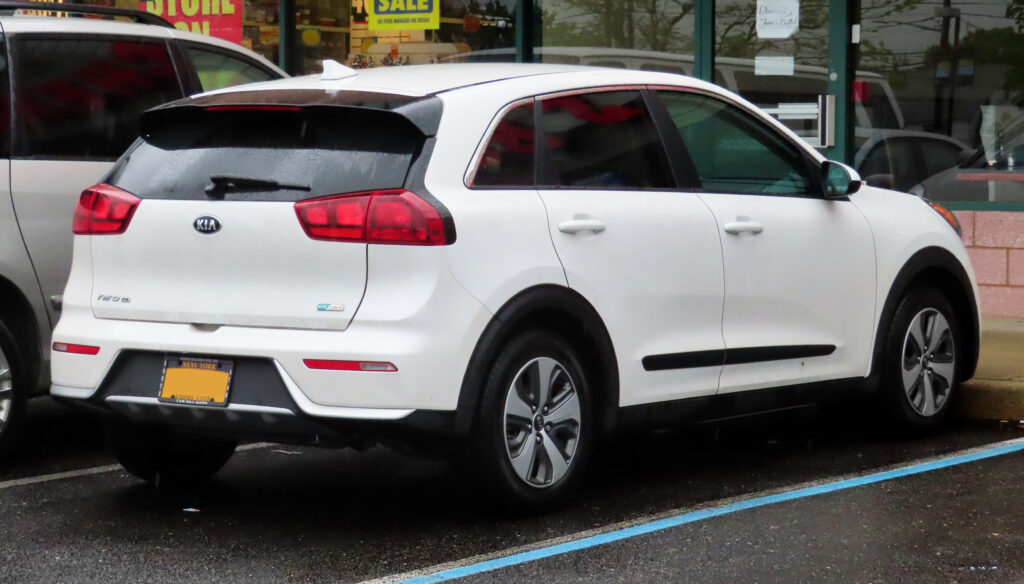
11. **Electrifying the Future: Pioneering Hybrid and Electric Vehicle Technologies**Hyundai and Kia’s reliability surge is not just about internal combustion engines; it extends significantly into their pioneering efforts in hybrid and electric vehicle (EV) technology, showcasing a forward-thinking approach to sustainable mobility. Their journey into alternative powertrains began much earlier than many realize, with the development of flexible-fuel vehicles (FFVs) in 1988, followed by field trials of FFVs in Seoul from 1992 to 1993.
The company continued to innovate, unveiling the hybrid-electric FGV-1 at the Seoul Motor Show in 1995, featuring full-time electric drive technology, an early result of their hybrid propulsion experiments starting in 1994. This was followed by the FGV-2, and subsequent hybrid electric vehicle concepts like the Elantra HEV and Accent HEV unveiled in 1999 and 2000, respectively. Hyundai also explored pure electric cars, developing the Sonata Electric Vehicle in 1991, a sedan-based model, with plans for six test vehicles by the end of 1992.
A significant milestone occurred in 2008 when Hyundai began mass-producing hybrid electric vehicles, notably utilizing lightweight lithium polymer batteries for their Hybrid Blue Drive system. The hybrid Sonata debuted at the Los Angeles International Auto Show in November 2008, with U.S. sales commencing in February 2011. This commitment to practical, mass-produced hybrids was further evident with the Avante LPI Hybrid in South Korea in 2009 and electric prototypes like the BlueOn and the i-flow concept car. By March 2014, cumulative global sales of Hyundai and Kia hybrid models had reached 200,000 units.
The launch of the Ioniq five-door liftback in 2016 marked a groundbreaking achievement, as it was the first automobile offered in hybrid, plug-in hybrid, and all-electric variants without a standard internal combustion engine-only version. Building on this success, Hyundai announced the Ioniq as its own dedicated electric brand in August 2020, leveraging its Electric Global Modular Platform (E-GMP) for fast charging and extended driving range. This continuous innovation and strategic investment in cutting-edge electrification technologies demonstrate a commitment to future-proof reliability, ensuring Hyundai and Kia remain at the forefront of automotive evolution.
Read more about: Powering the Future: A Deep Dive into the Evolving Landscape of Gas Stations and Mobility Hubs
12. **The Human Element: Cultivating World-Class Engineering Talent**While technological advancements and strategic investments are vital, the underlying success of Hyundai and Kia’s reliability transformation rests heavily on their consistent commitment to cultivating and attracting world-class engineering and design talent. This recognition of the human element in product development has been a recurring theme throughout their history, driving innovation and meticulous attention to detail.
Early in its history, when Hyundai aimed to develop its own car in the 1970s, the company strategically hired top British car engineers, including George Turnbull, the former managing director of Austin Morris, along with body designer Kenneth Barnett, engineers John Simpson and Edward Chapman, chassis engineer John Crosthwaite, and chief development engineer Peter Slater. This infusion of experienced talent was crucial in the creation of the groundbreaking Pony, marking their first steps towards independent vehicle development.
This strategic acquisition of expertise continued into the new millennium. In 2006, Hyundai hired acclaimed designer Thomas Bürkle, known for his work at BMW, to lead its design center in Rüsselsheim, Germany. This move significantly elevated Hyundai’s aesthetic appeal and design integrity, leading to philosophies like “Fluidic Sculpture” and “Sensuous Sportiness,” which are indicative of sophisticated engineering and attention to detail. The integration of design and engineering is paramount to perceived and actual quality.
Further demonstrating this commitment, Hyundai initiated an effort in 2014 to significantly improve vehicle dynamics by hiring Albert Biermann, former Vice President of Engineering at BMW M, to direct chassis development. This move explicitly aimed for the company to become a “technical leader in ride and handling,” producing vehicles that lead their segments for driver engagement. By investing in and empowering such high-caliber individuals, Hyundai and Kia have embedded a culture of excellence throughout their development processes, ensuring that every aspect of vehicle performance and durability is meticulously engineered and refined by the best in the field.
The journey of Hyundai and Kia from an emerging automaker facing reliability challenges to a global leader revered for its dependability is a compelling narrative of ambition, strategic foresight, and unwavering commitment. From unifying their corporate structure and backing products with unprecedented warranties, to investing massively in global R&D and manufacturing, and pioneering the future of electric mobility, every step has been deliberate. They have not merely caught up to established rivals; they have redefined expectations, consistently demonstrating that persistent dedication to quality, customer satisfaction, and continuous innovation can yield remarkable and enduring success in the fiercely competitive automotive industry. Their story stands as a robust testament to how vision, resilience, and a profound respect for the customer ultimately drive triumph.

